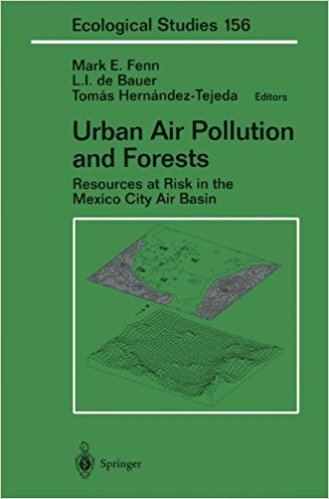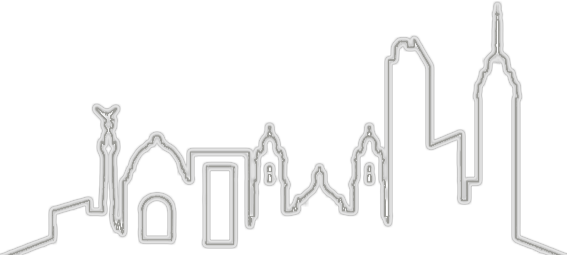|
|
Urban Air Pollution and Forests: Resources at Risk in the Mexico City
Capítulo: Socioeconomic Change and its Impact on Forest Resources in the Basin of Mexico
Editores: Mark E. Fenn, L.I. de Bauer y Tomás Hernández- Tejeda Autores de capítulo: Exequiel Ezcurra, Marisa Mazari-Hiriart, Irene Pisanty & Adrián Guillermo Aguilar ISBN: 0-387-95337-X Edición: 2002 Editorial: Springer-Verlag New York , Inc. Cítese como: Ezcurra, E., Mazari-Hiriart, M., Pisanty, I., y A., Aguilar, (2002), Socioeconomic Change and its impact on Forest Resources in the Basin of Mexico, en Frenn, M., de Bauer, L. y T. Hernández-Tejeda (Coords), Urban air pollution and forest: Resources at risk in the Mexico City air basin, Springer- Verlag, Inc., New York, pp. 24-43. |
|
Reseña del Libro: At present, roughly half of the world's population lives in urban centers. There are now more than 20 cities with population of over 10 million inhabitants, comparedto less than 5 about 50 years ago. This tendency toward urbanization is expected to continue, particulary in the developing world. A consequence of this growing trend is that millions of people are being exposed to harmful levels of urban air pollutants caused mainly by emissions from motor vehicles and from industrial and domestic activities involving the combustion of fossil fuels. The driving force for the design and implementation of emission control atrategies aime as improving air quality has been the protection of the health of population in urban centers. There are, however, other consequences of the presence of air pollutants besides the direct effect on human health. Reduced visibility, damage to monuments and buildings, and many other such consequences indirectly affect our quality of life. Another set of consequences involves damage to ecological systems. In fact, the nature of "photochemical smog" was first uncovered in the 1950s in connection with observations of its harmful effects on crops and plants in the vicinity of Los Angeles. The potential damage to ecological systems caused by air pollution is an issue that is particulary worrisome if one considers the current growing population and urbanization trends. The degradation of air quality is no longer just a local, urban problem; it is beginning to acquite regional and even global proportions, and to affect large portions of the Norhern Hemisphere.
|






